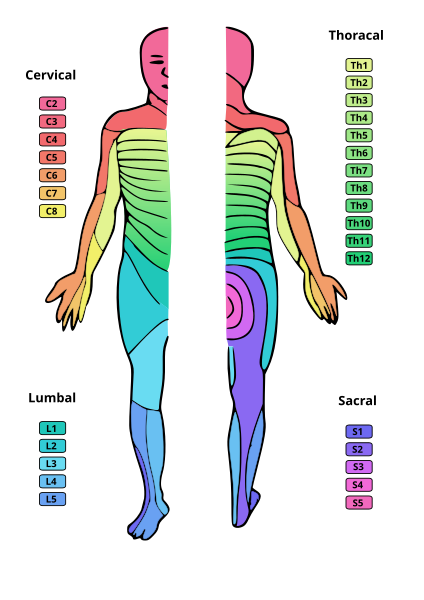Gerstmann.
I guess I messed up my question earlier. It seems the pranked arm should have been on his left. Since hemispatial neglect has to be on the left side, correlating to the non-dominant right lobe.)
See wiki:
Hemispatial neglect results most commonly from
brain injury to the right
cerebral hemisphere, causing visual neglect of the left-hand side of space. Right-sided spatial neglect is rare because there is redundant processing of the right space by both the left and right cerebral hemispheres, whereas in most left-dominant brains the left space is only processed by the right cerebral hemisphere. Although most strikingly affecting
visual perception ('visual neglect'), neglect in other forms of perception can also be found, either alone, or in combination with visual neglect.
For example, a
stroke affecting the right
parietal lobe of the brain can lead to neglect for the left side of the
visual field, causing a patient with neglect to behave as if the left side of sensory space is nonexistent; although they can still turn left. In an extreme case, a patient with neglect might fail to eat the food on the left half of their plate, even though they complain of being hungry. If someone with neglect is asked to draw a clock, their drawing might show only the numbers 12 and 1 to 6, the other side being distorted or left blank. Neglect patients may also ignore the contralesional side of their body, shaving or adding make-up only to the non-neglected side.
Neglect may also present as a
delusional form, where the patient denies ownership of a limb or an entire side of the body. Since this delusion often occurs alone without the accompaniment of other delusions, it is often labeled as a
monothematic delusion.

